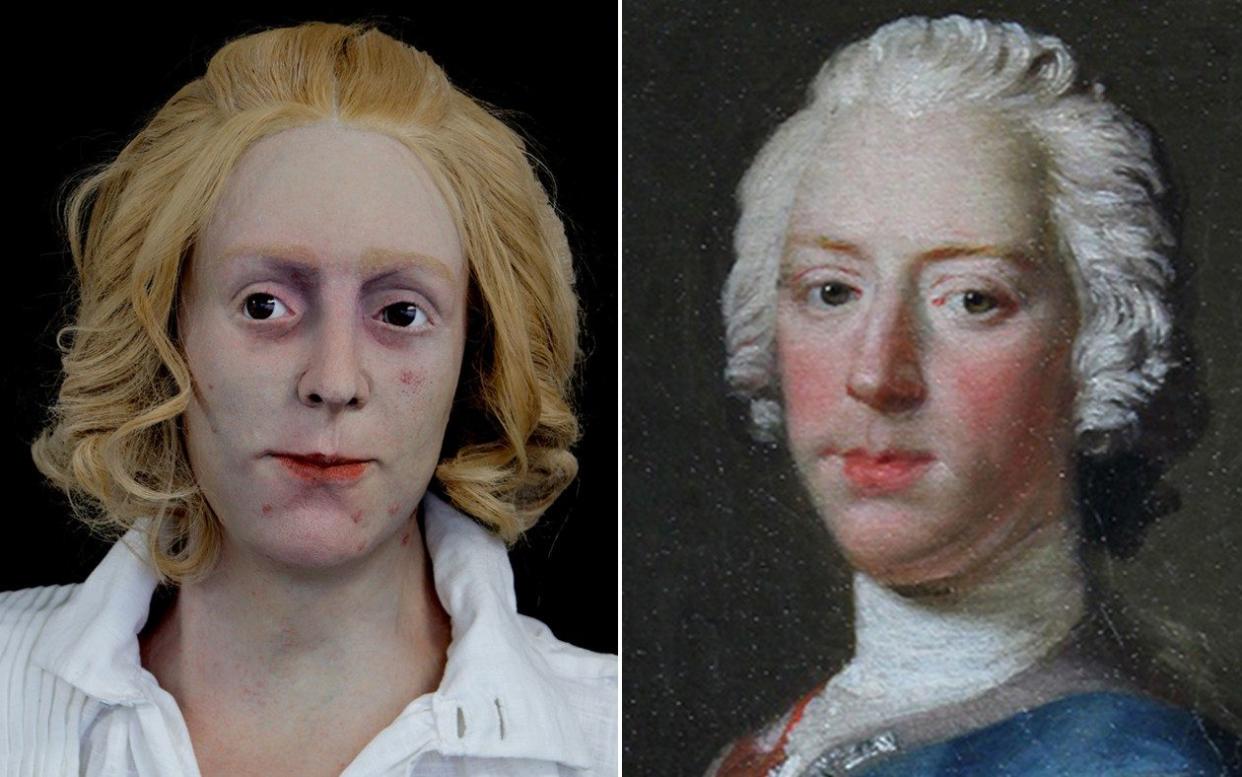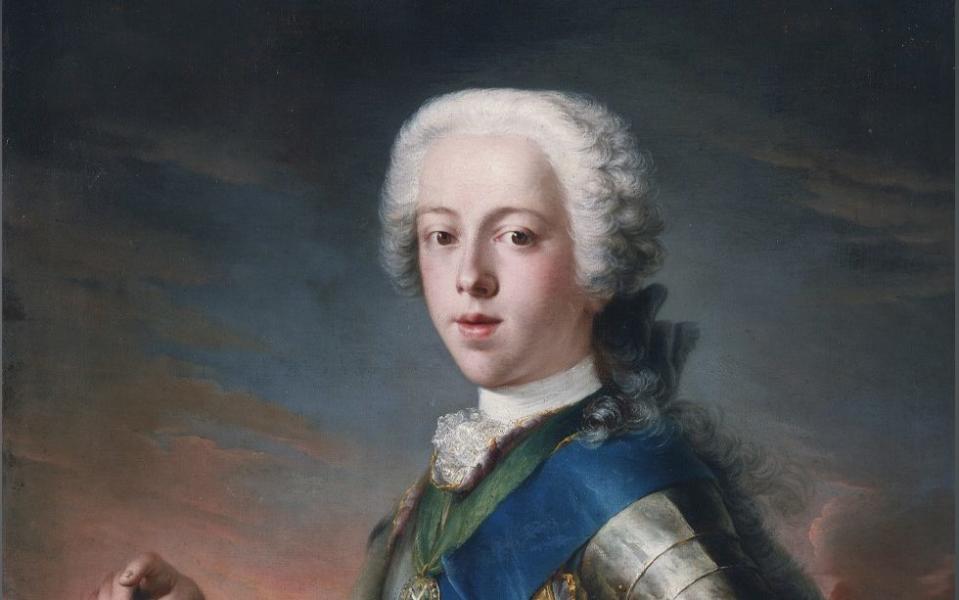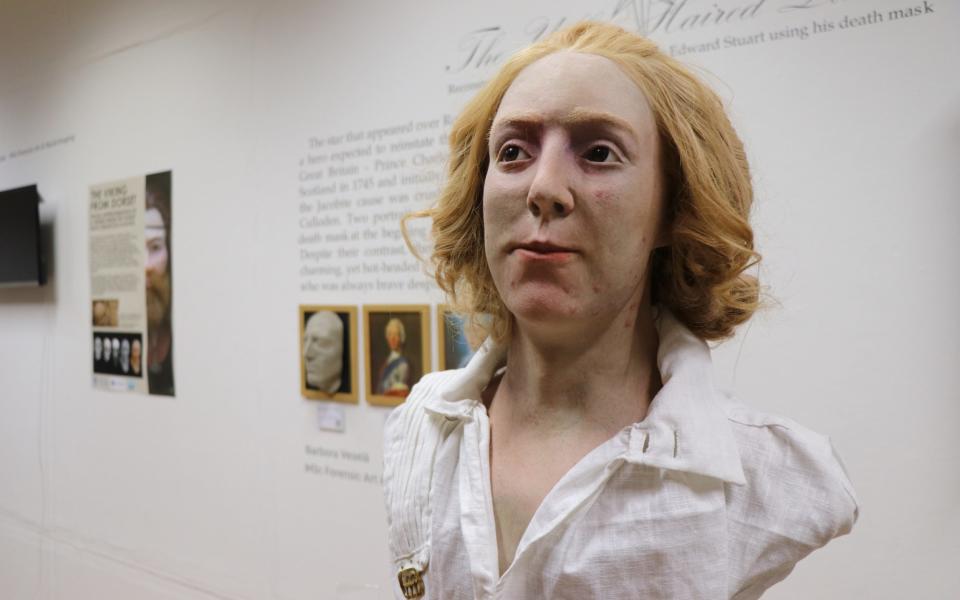Not so Bonnie Prince Charlie? 3D mapping reveals true face of 'handsome' Jacobite leader

He has been depicted as the fair and handsome young prince whose doomed attempt to reclaim the British throne has become one of the most romanticised in history.
But a new image of Bonnie Prince Charlie, attempting to show how he would have looked when, as a 24-year-old, he led the Jacobite rising, has cast the historical figure in a new light.
In what is said to be the most lifelike replica of the Prince’s face so far, created at the University of Dundee, he is shown with acne, dark bags under his eyes and pale, blotchy skin.
‘Different beauty standards at the time’
It was created with the use of death masks - a cast of his face taken at the time of his death - with Masters student Bára Veselá then “de-aging” the prince on digital software.
“I think he is interesting looking,” Ms Veselá said. “He has quite striking features. But I read a lot of biographies which described pimples under his chin, which I think added more humanity.
“He was still called beautiful and handsome while being described with pimples. But I think it shows there were definitely different beauty standards at the time.
“The way we view beauty today is definitely very different to how it would have been seen in the Eighteenth Century.
“Hopefully this recreation encourages people to think about him as a person, instead of just a legend.”

In 1745, Bonnie Prince Charlie sought to regain the British throne for his father, exiled Stuart King James III of England and Ireland and VIII of Scotland, during the Jacobite rising, when he was aged just 24.
The prince unsuccessfully attempted to restore his father to the throne, leading to one of the most romanticised periods of Scottish history.
Despite some initial successes on the battlefield, his army was defeated by government forces at the Battle of Culloden, near Inverness, in April 1746.
Bonnie Prince Charlie spent the next five months as a fugitive before fleeing to France and living on the continent for the rest of his life. He died in Palazzo Muti, Rome, at the age of 67, after suffering a stroke.
After his death, a cast of the prince’s face was taken, which was common for notable figures at the time.

Researchers examined copies of the masks, at Inverness Museum and Art Gallery, and The Hunterian at the University of Glasgow, creating a composite over several months.
Ms Vesela took photographs from all around the masks and used photogrammetry software to establish a 3D model using almost 500 images.
Tobias Houlton, who specialises in craniofacial identification and forensic imaging, described the project as “hugely exciting” and said the result was a “new insight into European history.”
He added: “This recreation will undoubtedly fascinate the public and the added dynamic of using artificial age regression to bring him back to the Jacobite era, when he was most famous, showcases the range of expertise we have here at the University of Dundee.”


